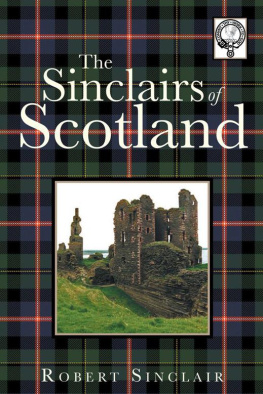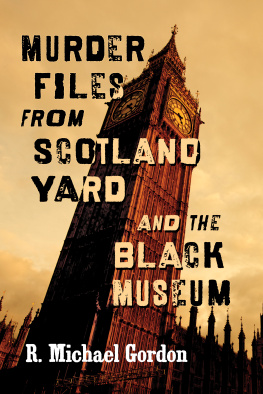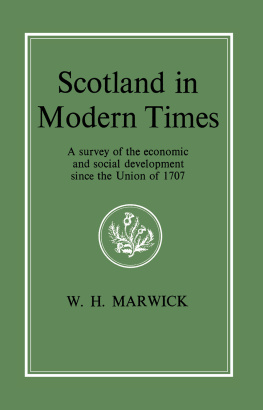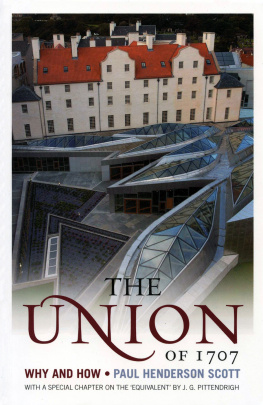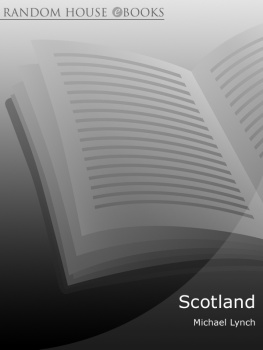A HIGHER WORLD
First published in 2014 by
Birlinn Limited
West Newington House
10 Newington Road
Edinburgh
EH9 1QS
www.birlinn.co.uk
Copyright Michael Fry 2014
All rights reserved. No part of this publication may be reproduced, stored or transmitted in any form without the express written permission of the publisher.
The moral right of Michael Fry to be identified as the author of this work has been asserted by him in accordance with the Copyright, Designs and Patents Act 1988
ISBN: 978 1 78027 233 7
eISBN: 978 0 85790 832 2
The publishers acknowledge investment from Creative Scotland towards the publication of this volume
British Library Cataloguing-in-Publication Data
A catalogue record for this book is available from the British Library
Typeset by Initial Typesetting Services, Edinburgh
Printed and bound by Gutenberg Press, Malta
Contents
List of Illustrations
Highland Cattle with a Collie, by Joseph Adam and Joseph Denovan Adam.
The water wheel at Preston Mill.
New Lanark.
The Shore at Leith with the Martello Tower of 1807.
Dr Websters sermon, by John Kay.
Cromarty east kirk, unquestionably one of the finest eighteenth century parish churches in Scotland.
Duncan Forbes of Culloden, after Jeremiah Davidson.
Robert McQueen, Lord Braxfield.
Engraving of a weavers cottage from Thomas Pennant, A Tour of Scotland, 1772.
Flora MacDonald, by Allan Ramsay.
Lady Nairne.
A Highland Wedding at Blair Atholl, by David Allan.
The Old Pretender, by Louis Gabriel Blanchet.
The Young Pretender, by Louis Gabriel Blanchet.
An Incident in the Rebellion of 1745, British School, eighteenth century.
John Campbell, 2nd Duke of Argyll, by William Aikman.
Inveraray Castle.
Henry Dundas, Viscount Melville, by Sir Thomas Lawrence.
The Dunmore Pineapple.
Old College, Edinburgh.
Statue of Allan Ramsay, senior, Princes Street Gardens.
Statue of Robert Fergusson, Canongate Kirk, Edinburgh.
Robert Burns.
David Hume, by Allan Ramsay.
Adam Smith, by John Kay.
Foreword
The structure of this book follows the pattern of its previous companion volume, A New Race of Men, Scotland 18151914. A century of the nations history is treated synchronically as well as diachronically. The topics in it are set out in parallel before they move on at their own pace, in the present work from the dismaying aftermath of the Union of 1707 towards the comradeship-in-arms of the Scots and of the English (latterly of the Irish too) in the wars unleashed by the French Revolution not the first, but certainly the greatest of the conflicts in which the peoples of the United Kingdom had been engaged together, and the one that did most to seal their mutual bonds.
For Scots this progress from shaky independence to an uncontested, and even privileged, position inside the United Kingdom still had its pains and penalties as well as its pleasures and profits. It did prove painful to those who had died to regain the lost freedom of their country on the battlefield or the scaffold. As for the penalties, Scotland could not really resist changes that England felt determined to impose, though at least these proved rare. But without doubt it was a pleasure to the mass of the Scots people to see their age-old struggle for subsistence at last bearing more abundant fruit. And Scottish enterprise, historically never lacking though often misdirected, finally generated profits on a huge scale.
This is the general background to the variety of particular events and processes, and of personal destinies bound up with them, that unfold in this book. But I hope it will become clear how they fit into the general pattern of Scottish history that I have sought to delineate in this and in previous publications. The historiography of the last half-century in Scotland has preferred a socio-economic approach rather different from my own. In my view it distorts the nature of the nation by concentrating on what within it has assimilated most closely to the norms of the United Kingdom. By contrast, that which remains different has been far less adequately treated. Here, as before, I correct this bias by paying equal attention to political and to cultural history.
Any good historian will try to pick out continuities yet remain sceptical of them. In the case of Scotland his task is especially fraught but especially important. We are, after all, dealing here with a nation of which the historical continuity has been broken, most obviously in 1707 but also at other times. Some historians argue there is only a tenuous relationship between the Scotland of today and the older Scotland. It had its glories but it has simply vanished, and even where it does live on in the consciousness of modern Scots it may do so only in the form of delusory myths. So, in particular, the Scottish nationalism of the present day can owe little to the Scottish nationalism of the past. The present book and its companion take a different view.
My aim has been to trace what we can of that older Scotland through the three centuries since it ostensibly vanished, to see if this time round, again faced with momentous change, we might be able to link our future back to our past in a more satisfactory manner. For the eighteenth century this is not, it turns out, too hard a task. The Treaty of Union deliberately maintained what contemporaries identified as the pillars of Scottish society: religion, law and education. In the course of the century they all flourished, and the security of the Union if anything allowed them to become more different from their English counterparts. The religion adapted its Calvinism to Enlightenment, while the law developed a Roman response to modernity and the educational system attained the highest international standards while maintaining its native virtues. Those national institutions are still with us today, if indeed showing the wear and tear of three centuries.
With hindsight this enlightened phase of the Union appears positive not so much because it made Scotland more like England as because it allowed the genius of the Scots to flourish in fresh forms. That is what we see by the turn of the nineteenth century, though it had only come about by a process of trial and error. In the early days of the Union, there was an aspiration among certain progressive Scots to turn their country into North Britain. Not the least of the obstacles they encountered was the reluctance in England to redefine it as South Britain. The rest of the Scots equally found the aspiration distasteful so that in time, being probably impossible anyway, it died. Aided by the rising romantic spirit of a new age, overlaying the more strenuous classicism of the previous one, Scotland settled down to be Scotland, forever or at least for a long time ahead just what it was: untidy, precarious, provisional, yet for all its faults and failures unmistakably itself and not any other country, so capable of great achievement too. That is the story of this book.
Edinburgh, April 2014
Prologue: My wedding day






